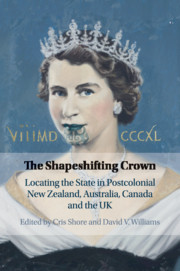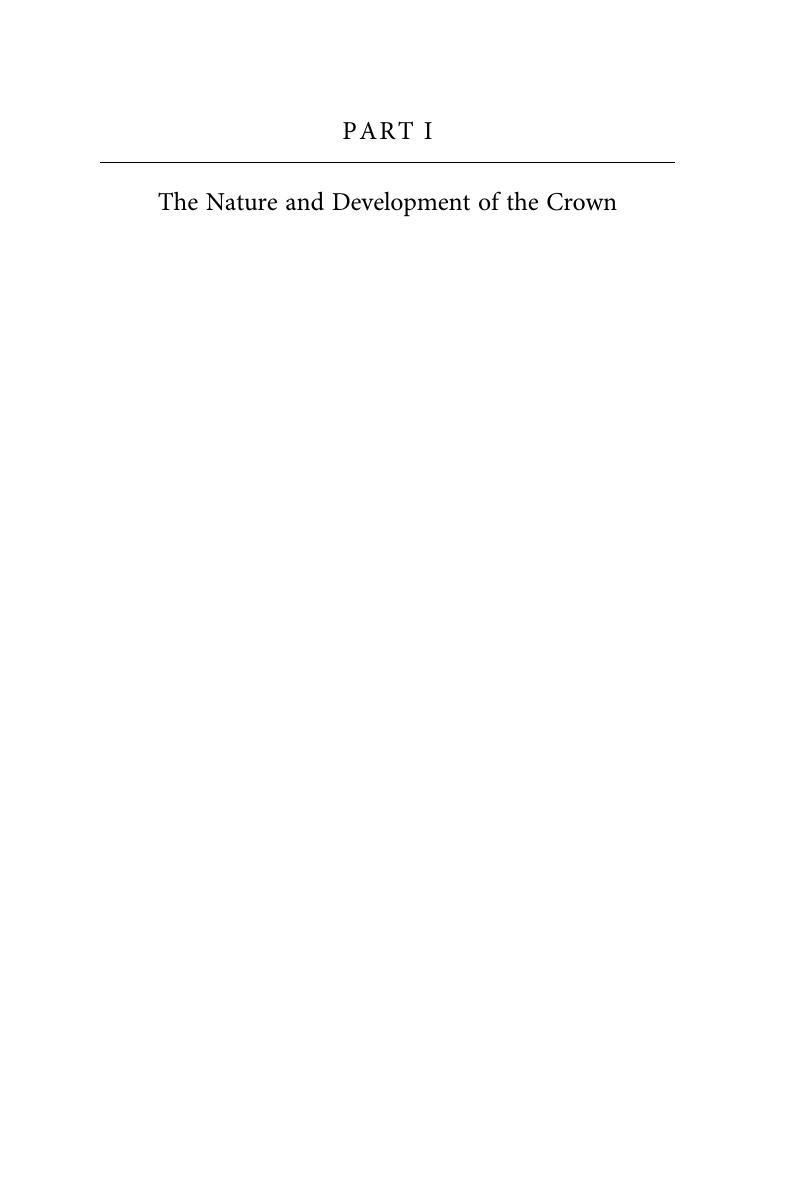 The Shapeshifting Crown
The Shapeshifting Crown Part I - The Nature and Development of the Crown
Published online by Cambridge University Press: 13 January 2019
Summary

- Type
- Chapter
- Information
- The Shapeshifting CrownLocating the State in Postcolonial New Zealand, Australia, Canada and the UK, pp. 29 - 98Publisher: Cambridge University PressPrint publication year: 2019
